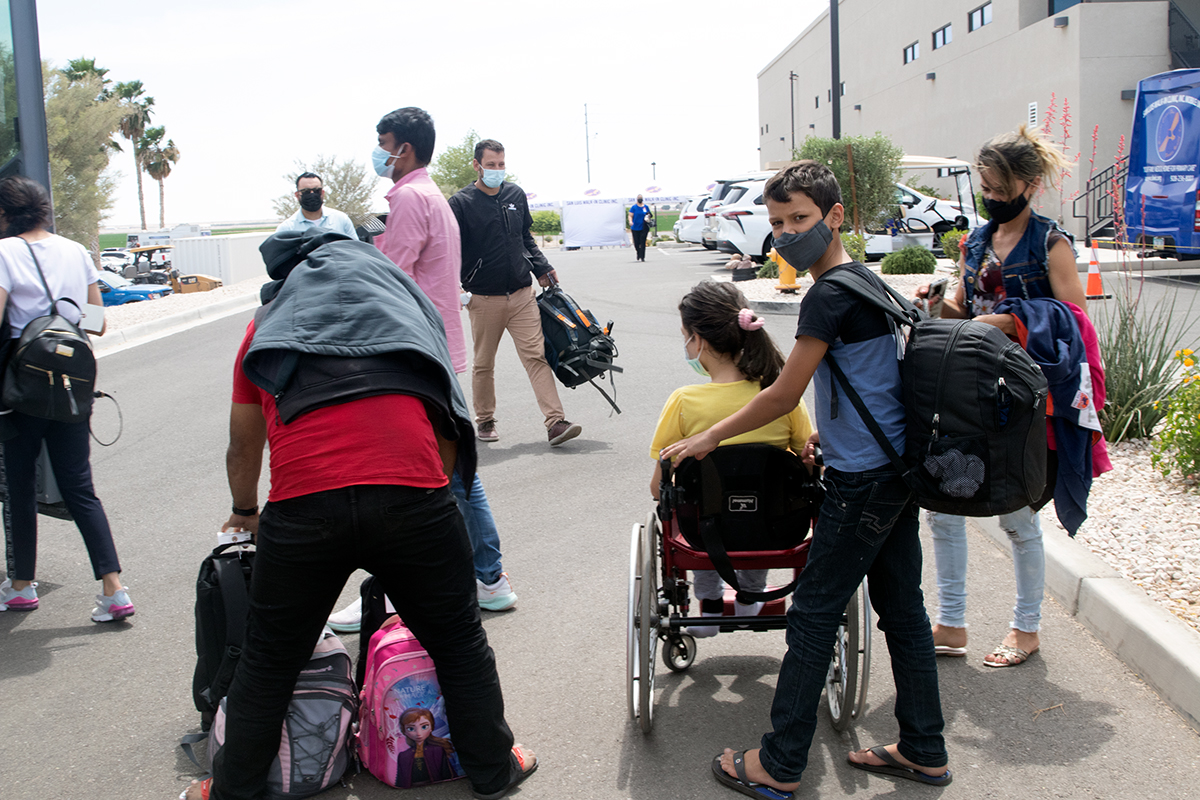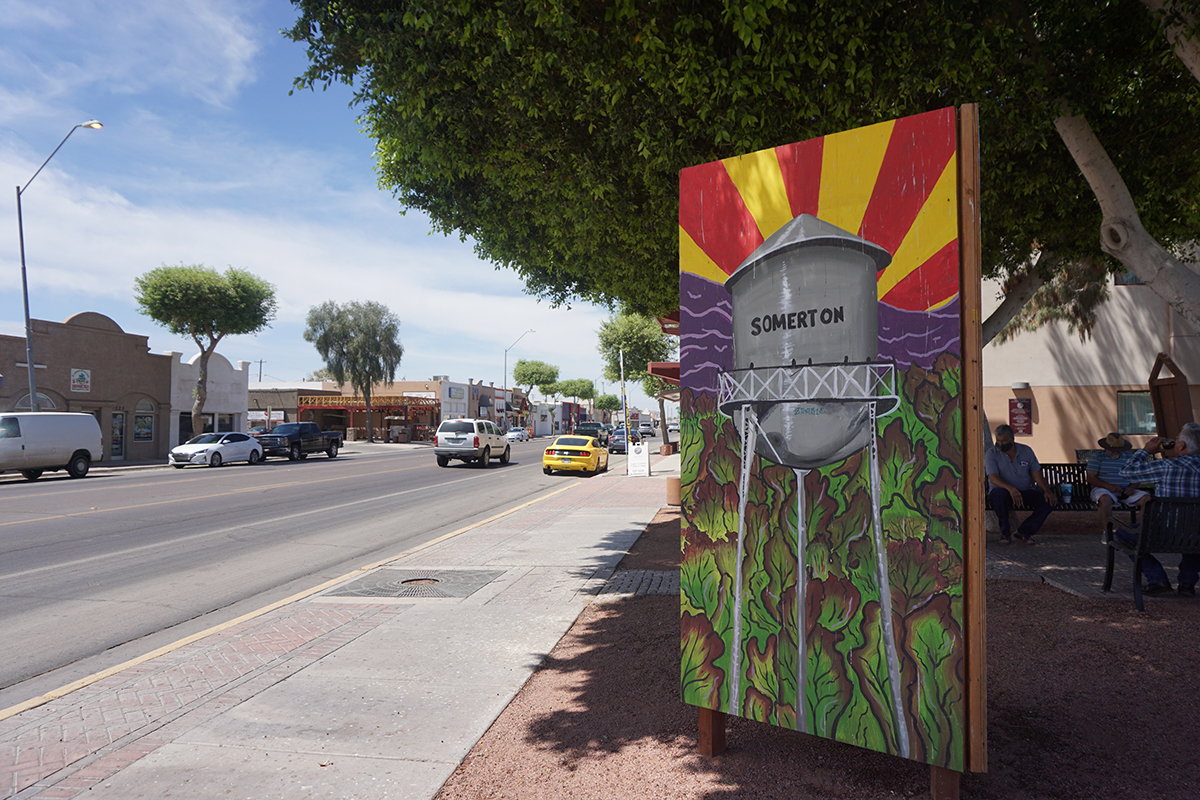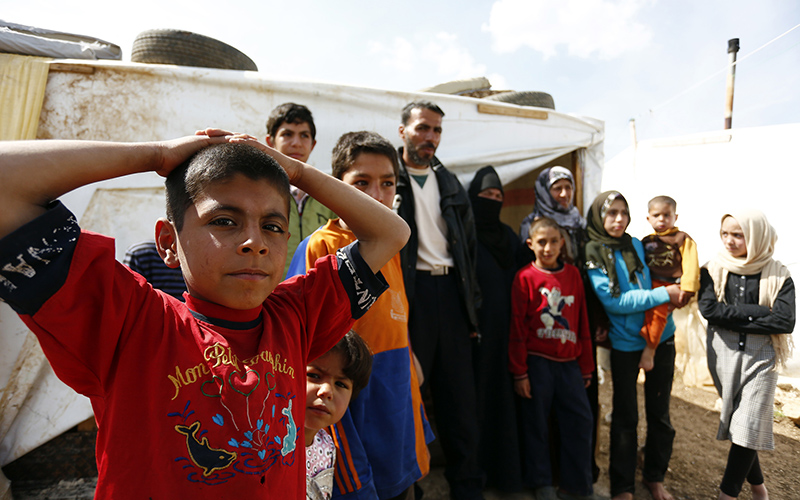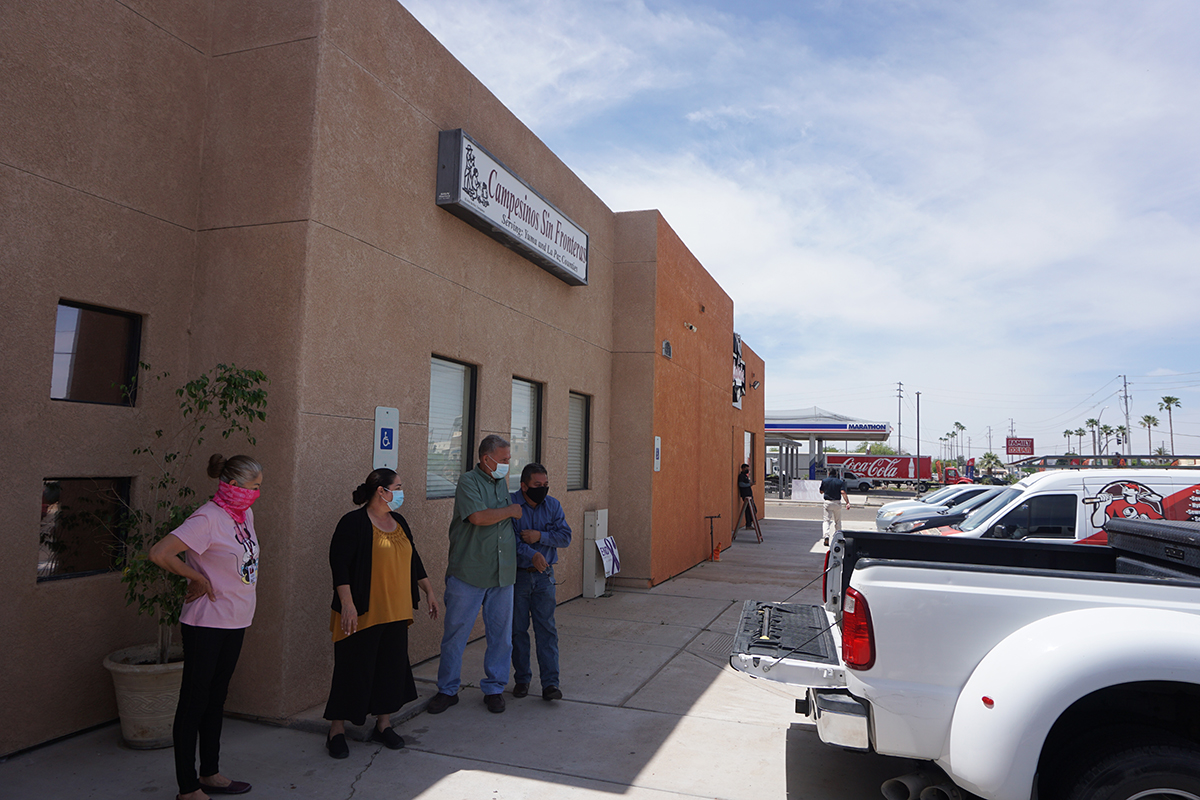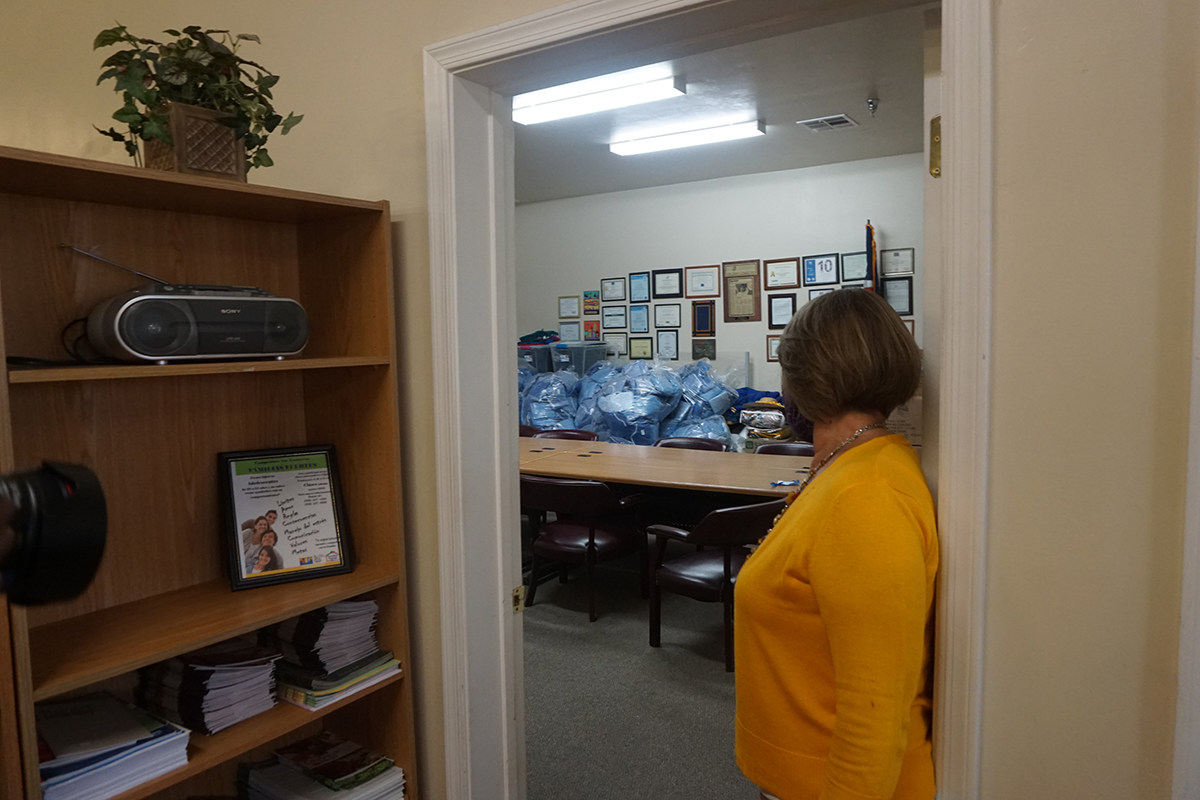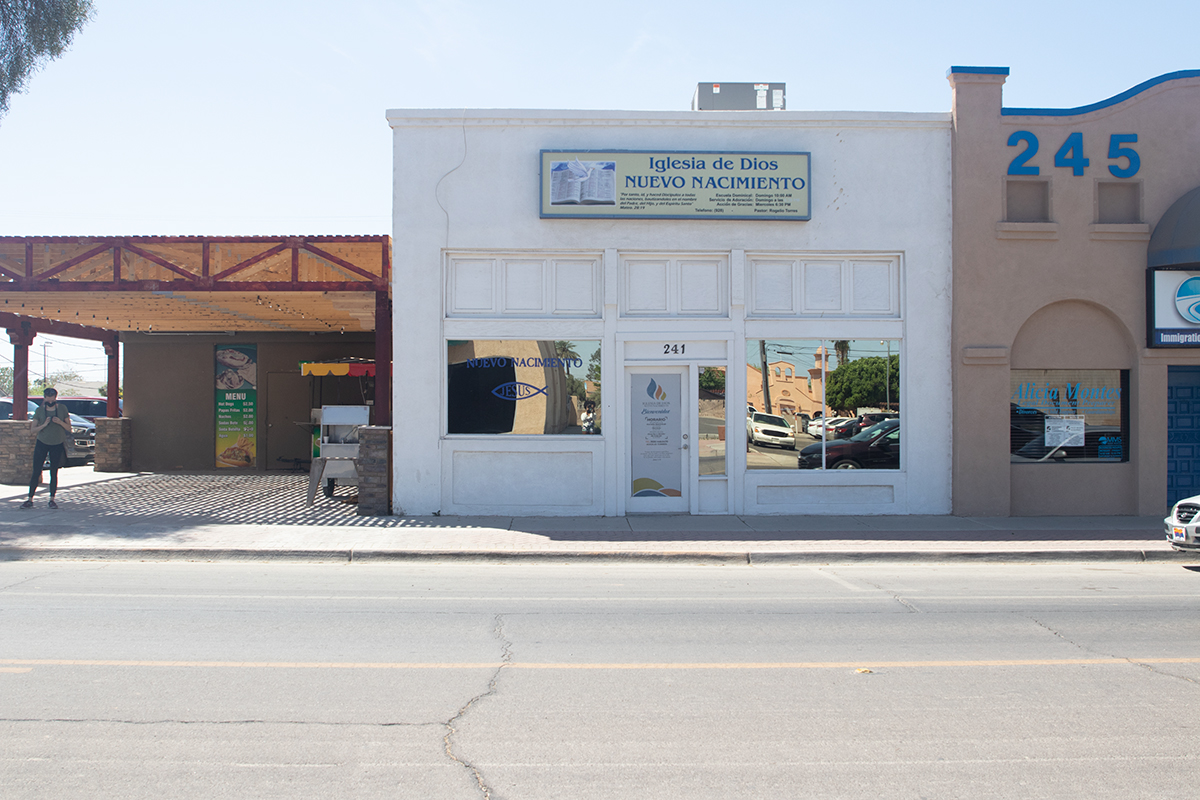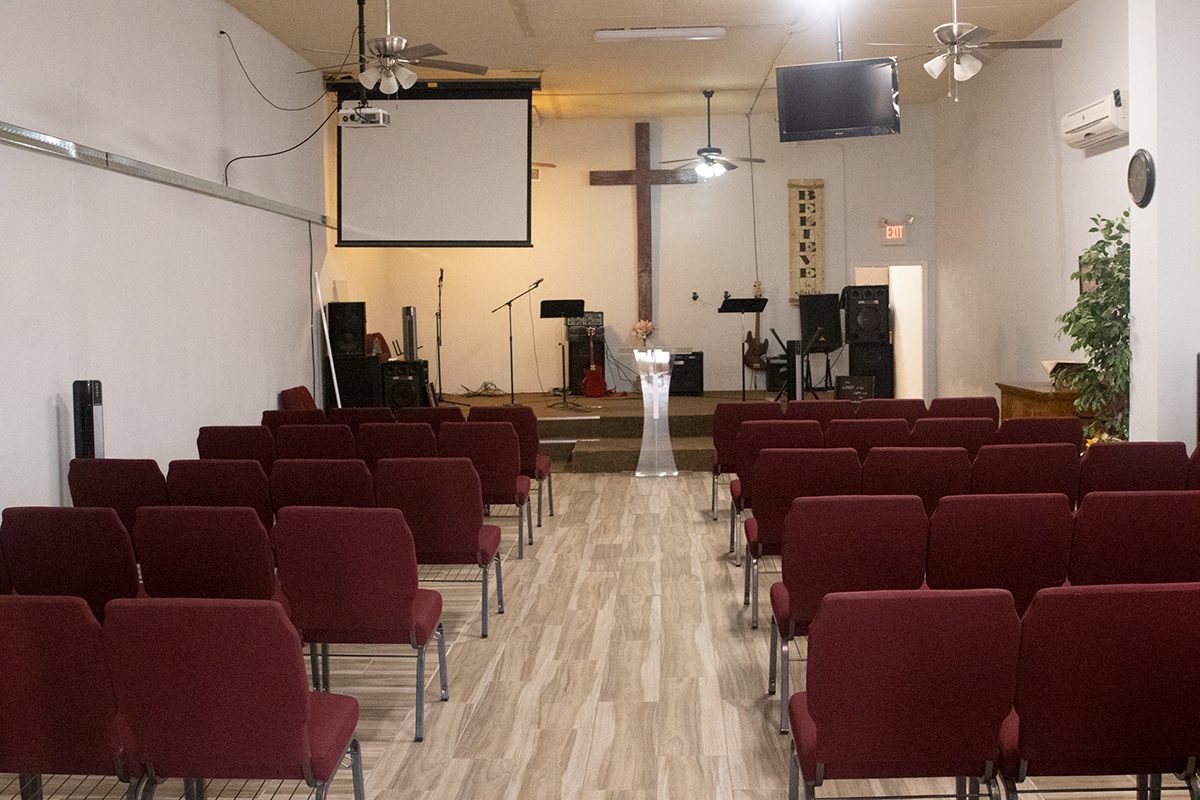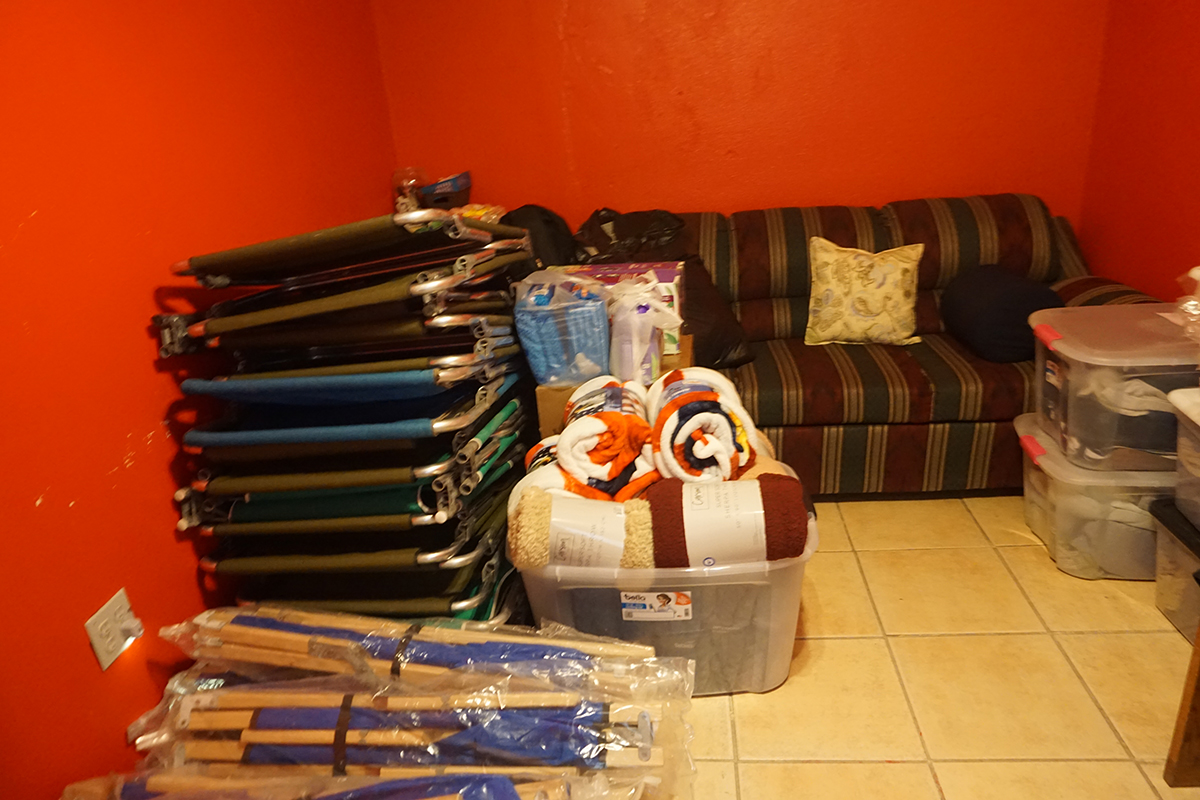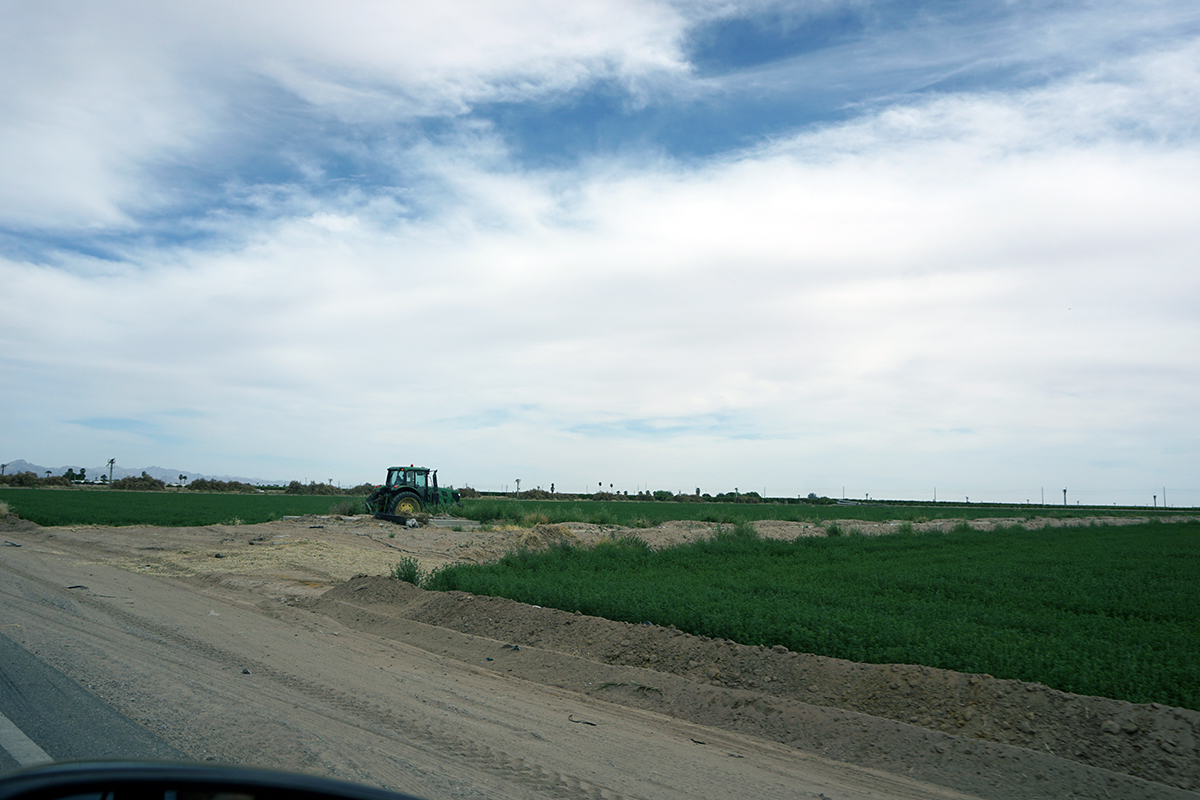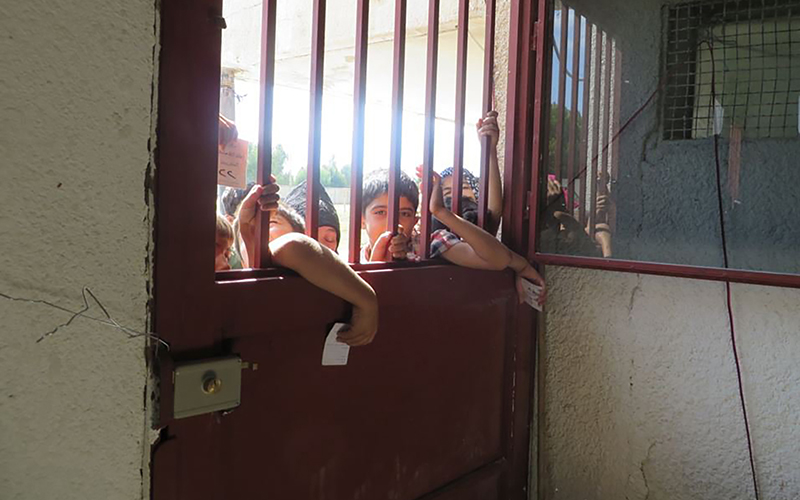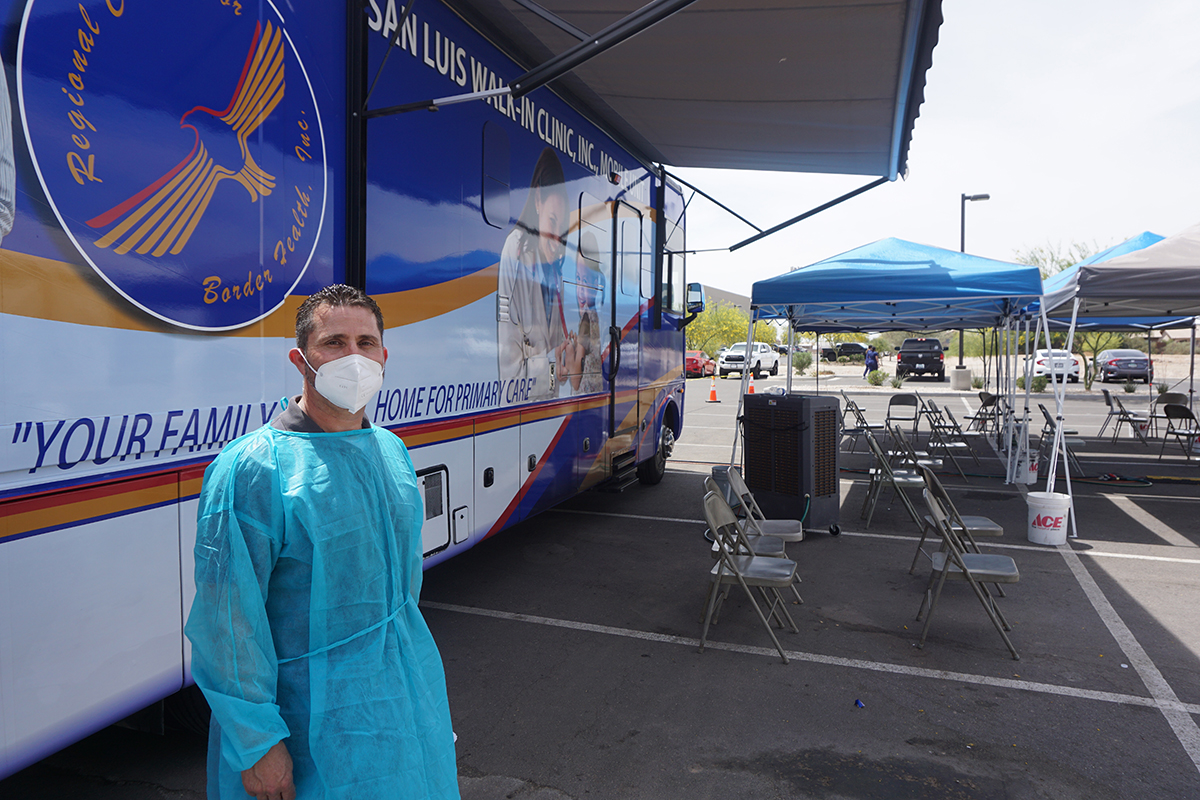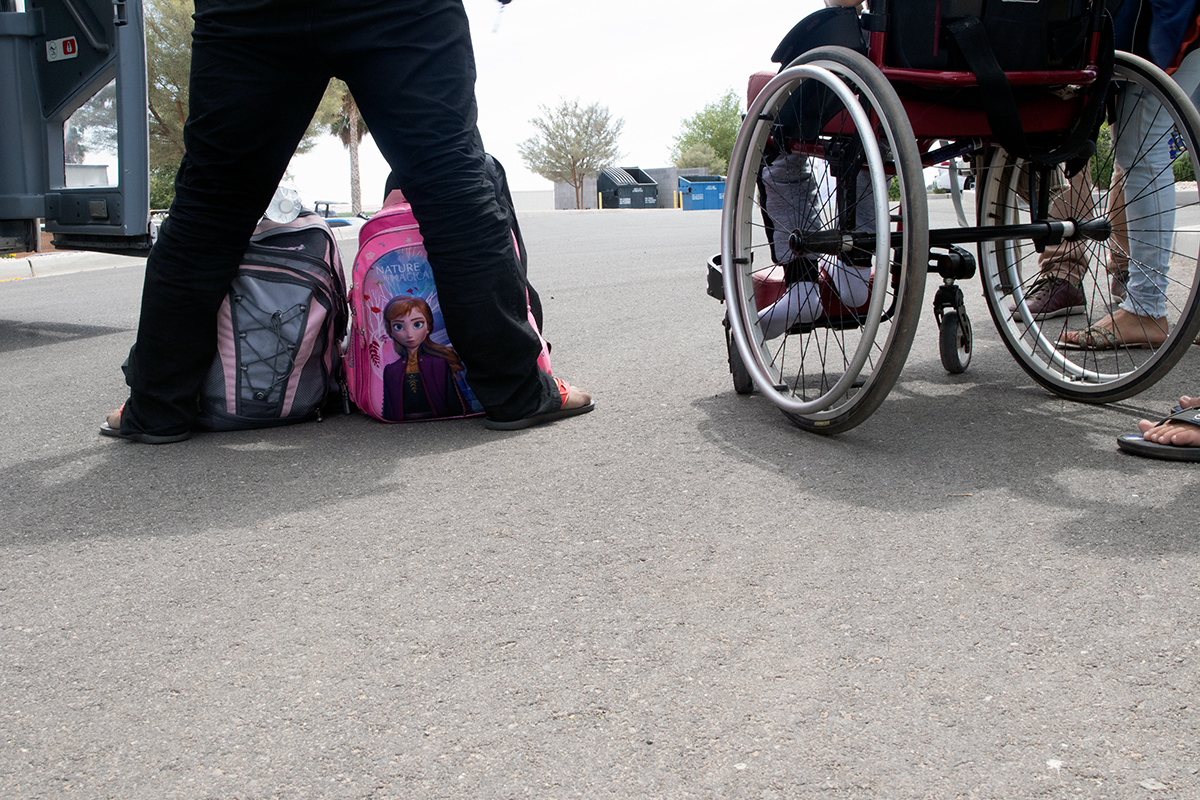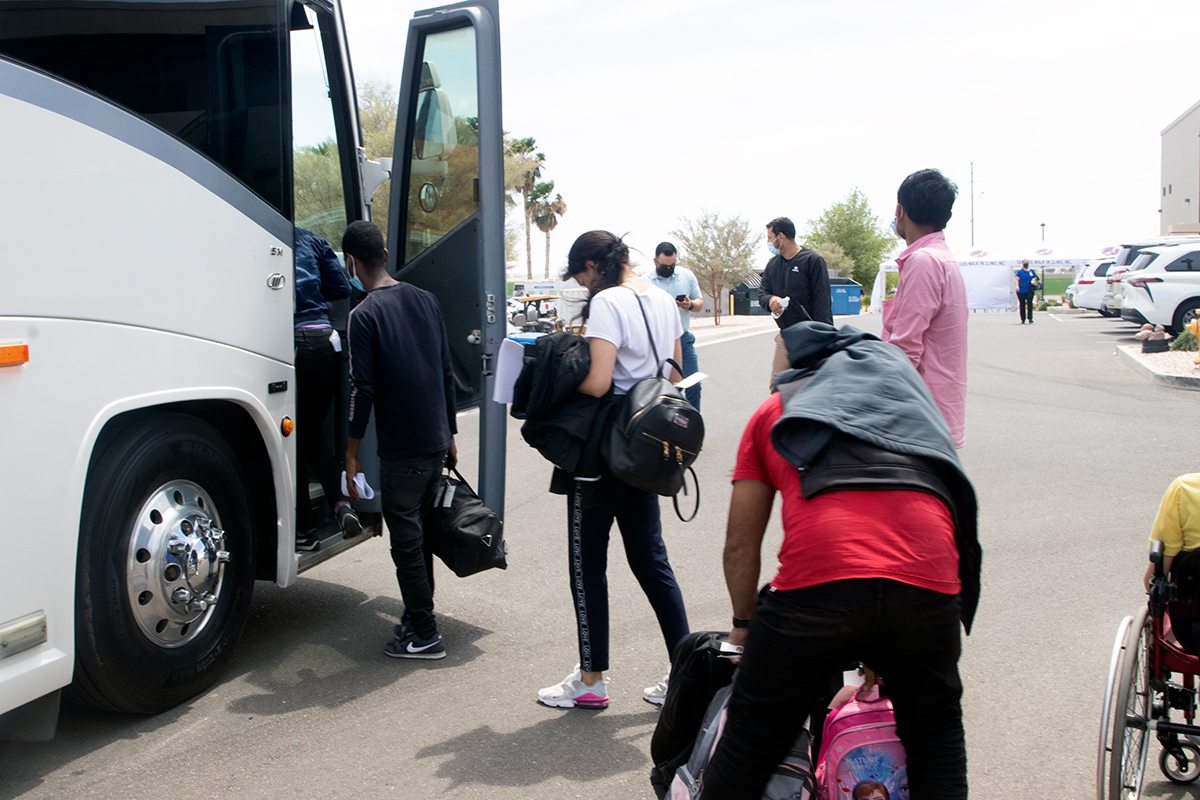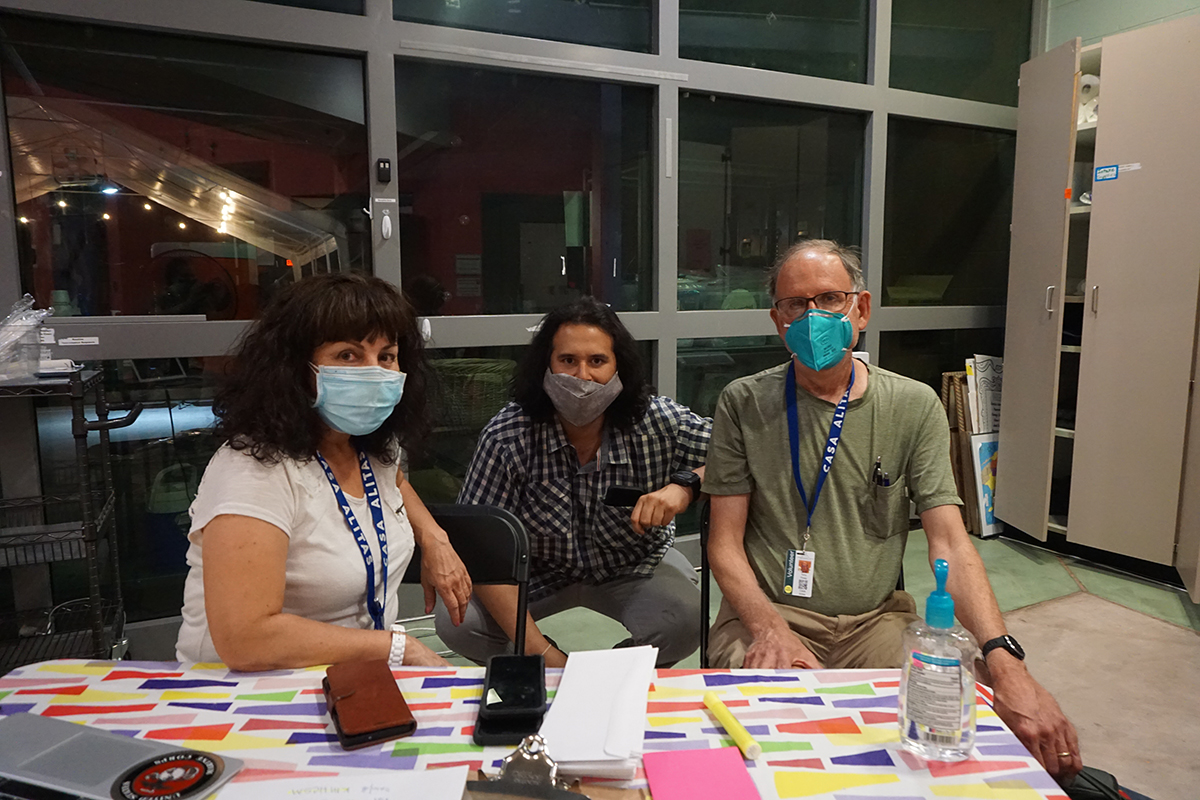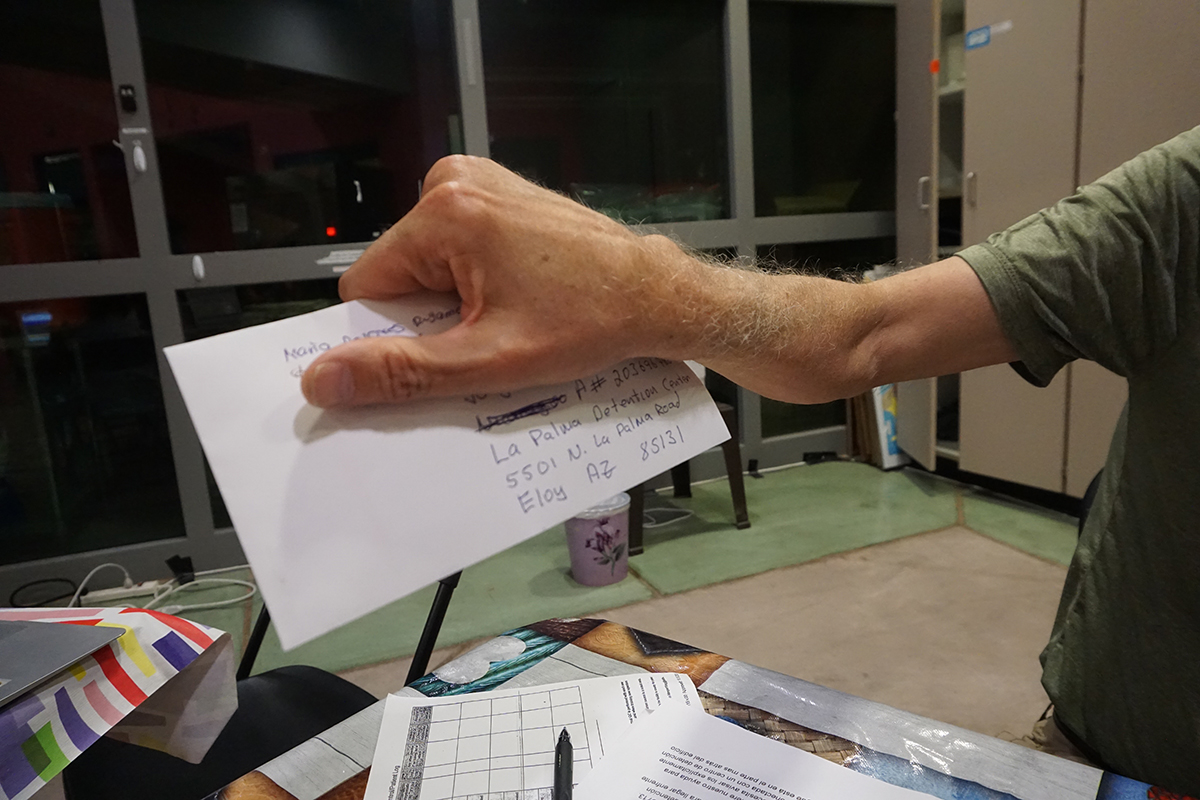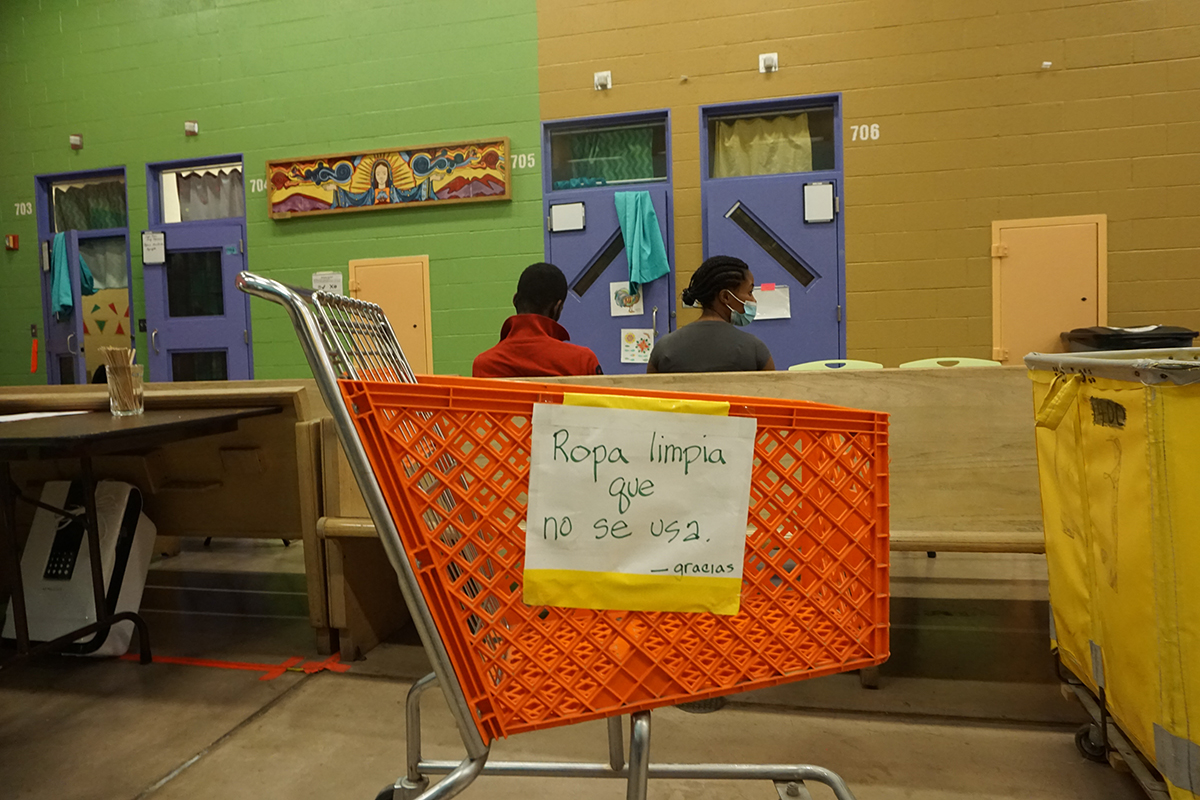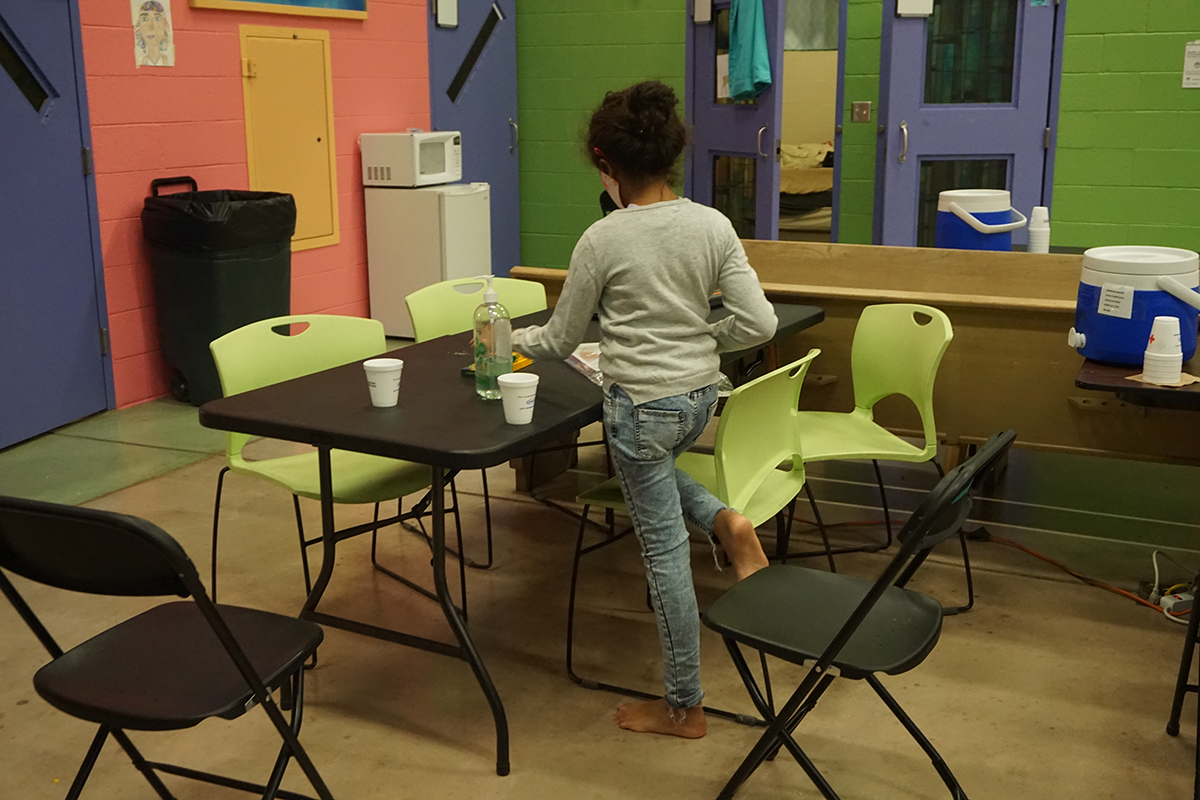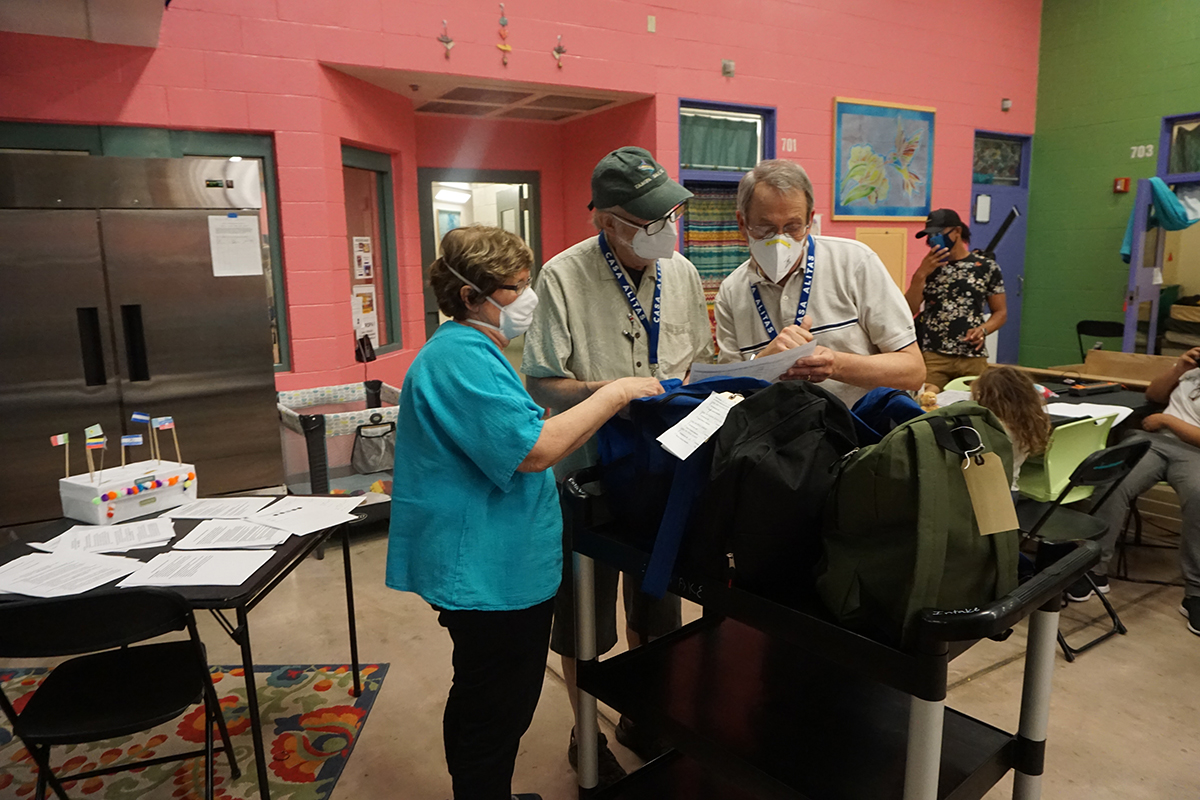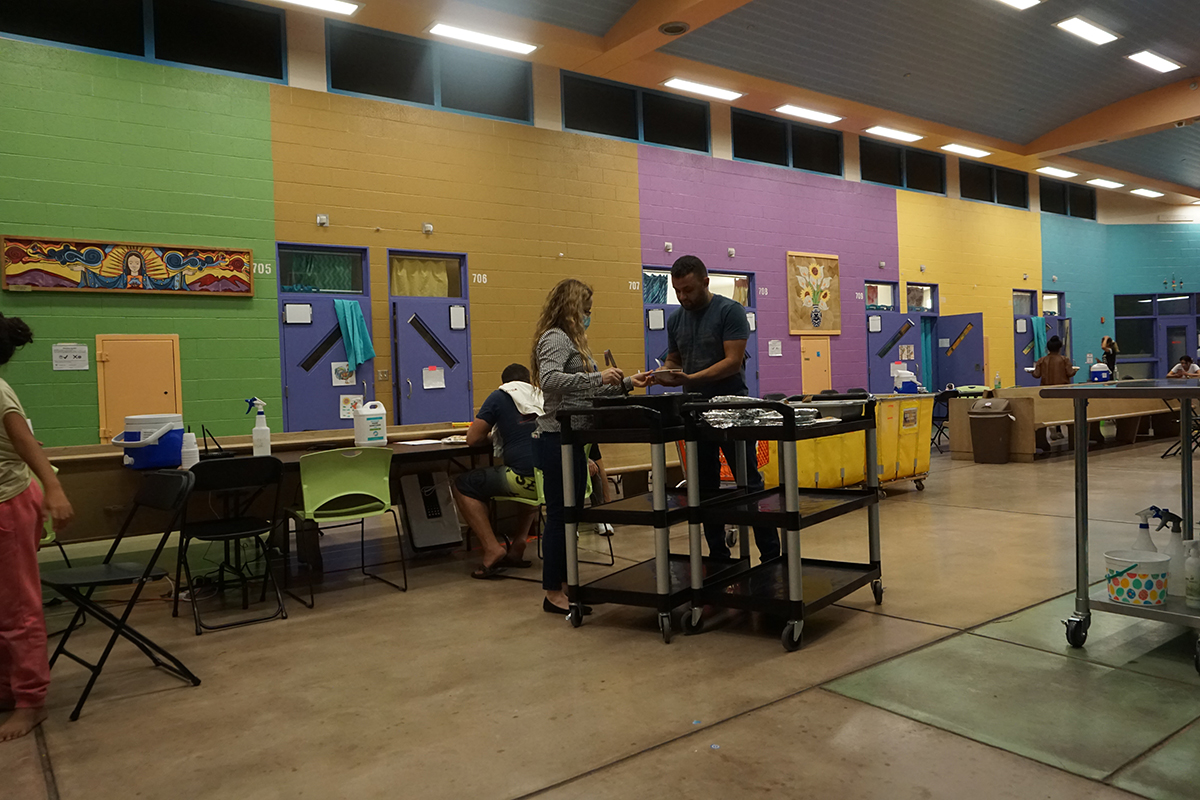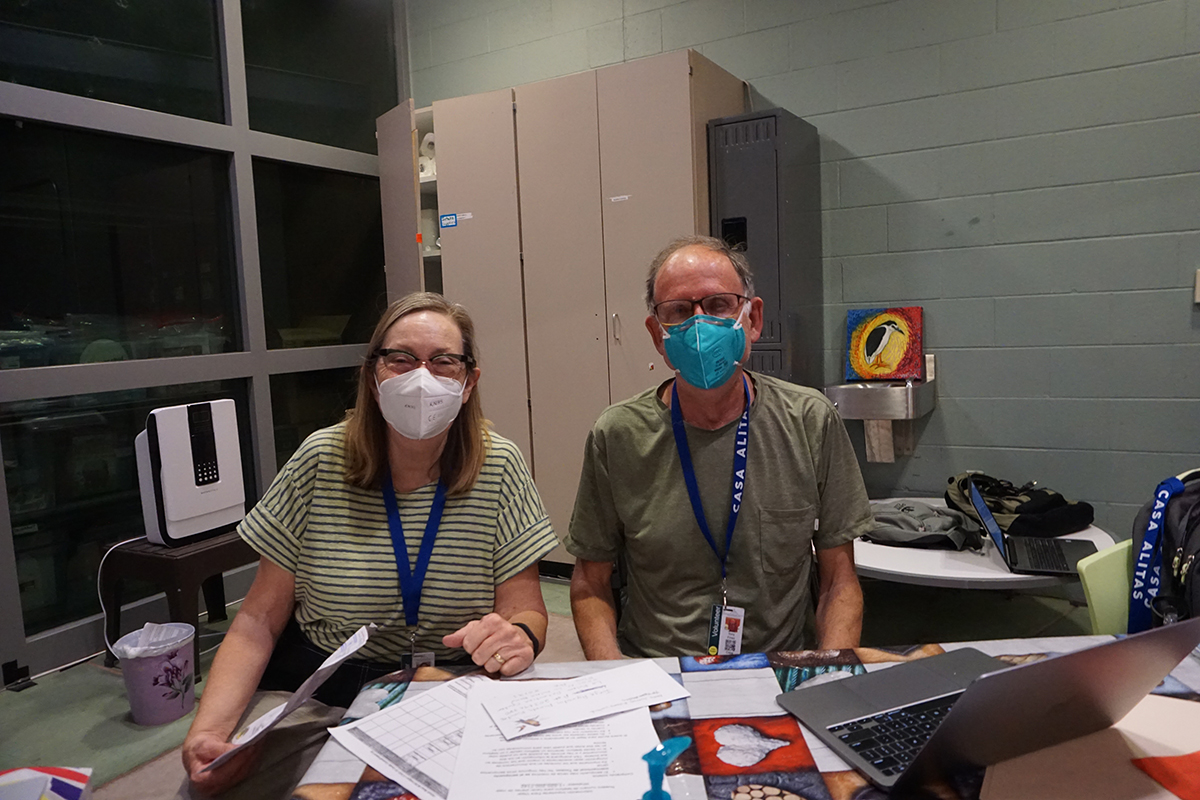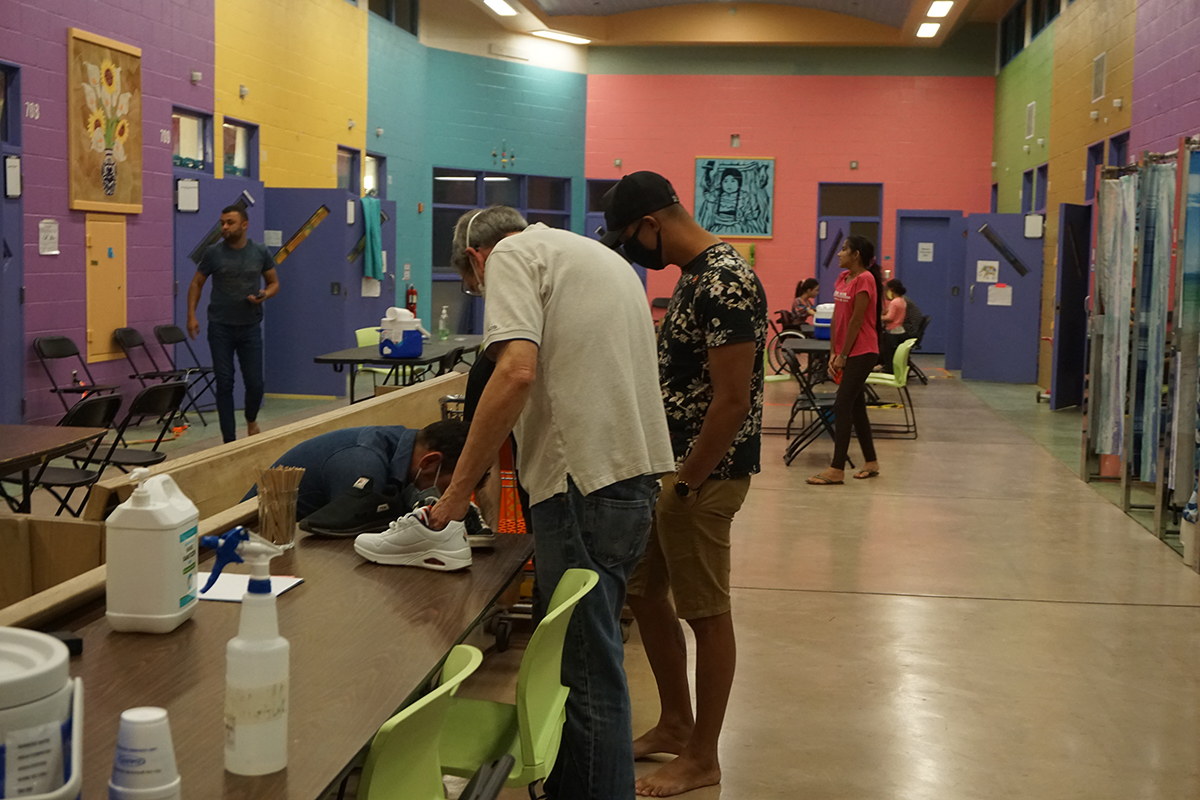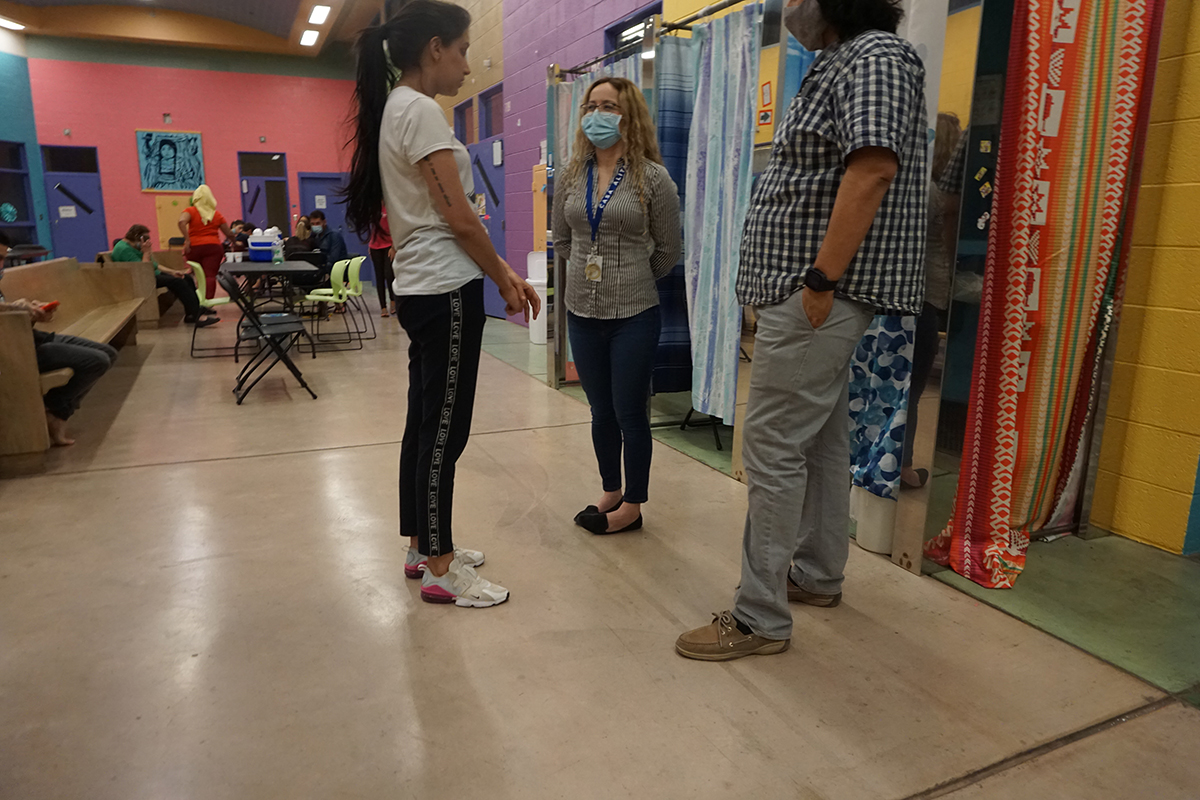For Yuma Mayor Douglas Nicholls, the latest unexpected influx of migrants was an unwelcome reminder of what happened nearly two years ago when large numbers of migrant families seeking asylum were released into his city, which was unequipped to handle them. At the time, Nicholls declared a state of emergency.
This time, Nicholls said, the federal government knew the policy would shift with Biden in the Oval Office and it should have learned from the last release of migrants and worked with local officials to avoid chaos.
“If they began in January, by the time February hit, which was when we started having releases in Yuma, our government could have been more prepared with boots on the ground and funding in place,” he said. “That wasn’t done.”
Nicholls said he began to meet with nonprofits and organizations to discuss potential responses, noting that this time it might be even more difficult to plan a response. In 2019, Yuma had a building that could be used as a shelter and had willing participants who agreed to help out. The COVID-19 pandemic eliminated that building as an option and created extra steps of necessary testing and quarantining.
Earlier this year, Nicholls said, there were no good options for a sustainable response to migrants being left on the streets or at bus terminals. But he said there has been growing coordination between CBP and nonprofits in the area where Torres and her network continue to make an impact.
In addition, Nicholls said, CBP is working with the Regional Center for Border Health, a Somerton nonprofit organization that focuses on providing access to affordable health care. The Regional Center for Border Health now receives migrants from Border Patrol and provides COVID-19 testing for all asylum seekers.
Now, migrants arrive at a pop-up facility made up of white tents in the parking lot of the Regional Center for Border Health with volunteers wearing medical gowns and N95 masks. They walk through the facility, receive COVID-19 rapid testing and sit in the shade until results arrive.
The team serves 30 to 60 people per day, said Quiroz with the Arizona California Humanitarian Coalition, who’s helping to coordinate with CBP at the site. He volunteers from 11 a.m. to 3 p.m. every day, or at least until the bus leaves to take migrants to shelters in Tucson or California, where they stay until they can locate family, friends or sponsors while they await their asylum hearings. Campesinos Sin Fronteras and the Center for Border Health are paying for the buses but hope to get funding from the Federal Emergency Management Agency.
Some days, Quiroz said, he and his fellow volunteers work double shifts. One day, they aided a group of 60 in the morning and 60 in the afternoon.
When Cronkite News reporters visited April 12, Quiroz and his team had received 36 asylum seekers, from Brazil, India, Cuba and Venezuela.
Volunteers passed out water and the center provided food while the migrants waited for the chartered bus. Children were smiling, sitting with their families, sipping on bottled water through straws. Parents looked at their children with tired eyes, but seemed relaxed knowing they had finished a big piece of their journey: making it into the United States.
“I see those individuals, I come from a family of immigrants. My mother came here for one reason alone, to give me a better life,” Quiroz said. “For me to turn my back because I was able to climb the ladder of success doesn’t mean I can’t turn around and assist those who are seeking the American dream that is still alive and vibrant. … I see them, I see my family, I see the struggle my mom went through, and it’s a blessing to be here.”
